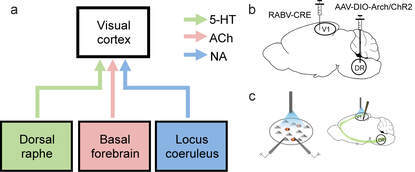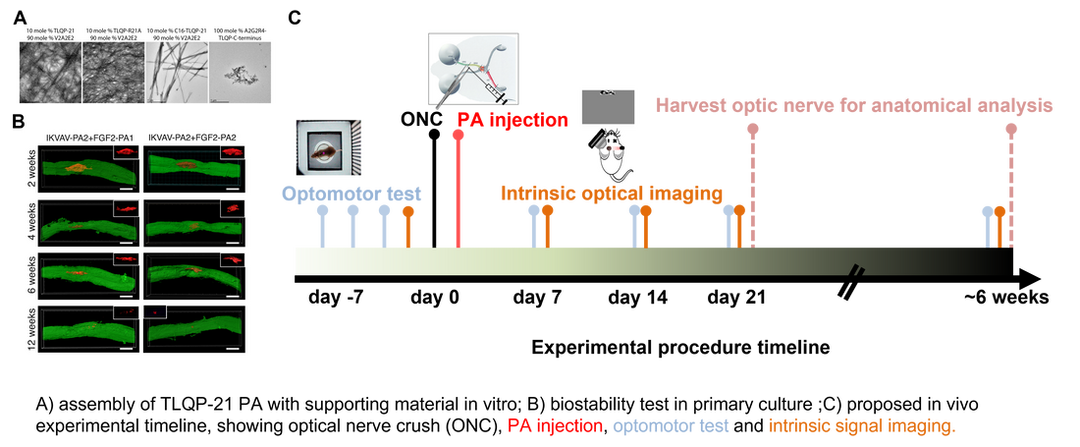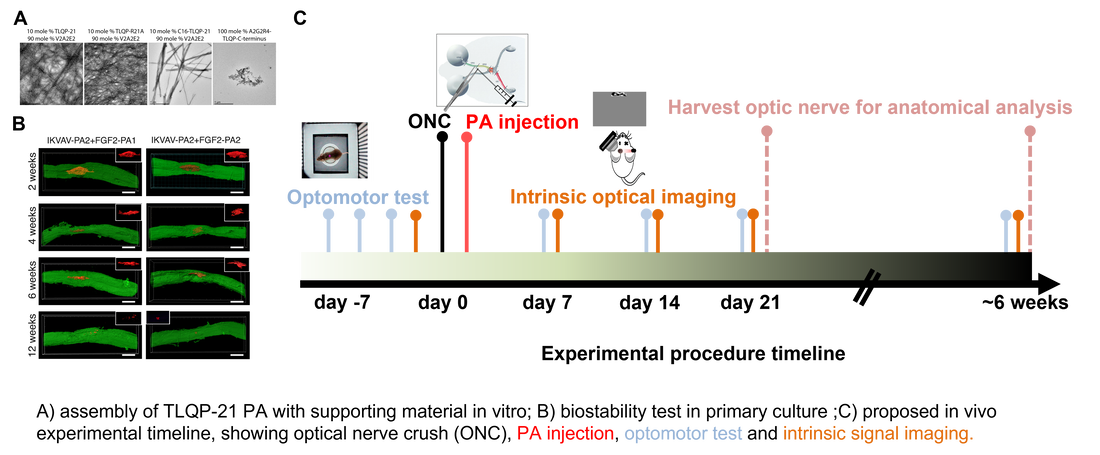Research Interest
How does the brain maintain a balance between flexibility & stability?
Our brain is a dynamic circuit capable of making continuous adaptation to the external cues throughout life. After initial assembly and development, an adult brain becomes relatively stable to generate accountable and precise responses yet still maintains certain level of plasticity for learning & adaptation. To understand how neuroplasticity is regulated in the mouse visual cortex, a sensory system featuring both precision and learning capability, our lab applies in vivo imaging approaches, together with computational, physiological, and molecular manipulation, to identify the underlying circuit and cellular basis of visual cortical plasticity.
Our brain is a dynamic circuit capable of making continuous adaptation to the external cues throughout life. After initial assembly and development, an adult brain becomes relatively stable to generate accountable and precise responses yet still maintains certain level of plasticity for learning & adaptation. To understand how neuroplasticity is regulated in the mouse visual cortex, a sensory system featuring both precision and learning capability, our lab applies in vivo imaging approaches, together with computational, physiological, and molecular manipulation, to identify the underlying circuit and cellular basis of visual cortical plasticity.
Current Projects
Neuromodulatory projections regulating visual plasticity
Local cellular interaction involved in neuroplasticity
Promoting optical nerve regeneration using nanostructure and NIR light therapy
Driving cortical plasticity with electrical stimulation
Tracking vascular remodelling in post-ischemic stroke
Collaborators
Biosciences, KAUST, Saudi Arabia |
|
Ibrahim Lab |
Biomedical Engineering, Purdue University, USA |
Neurological Surgery, UCSF, USA |
|
Guo Lab |
School of Electrical Engineering, Wuhan University, China |
Institute of Ophthalmology, UCL, UK |












